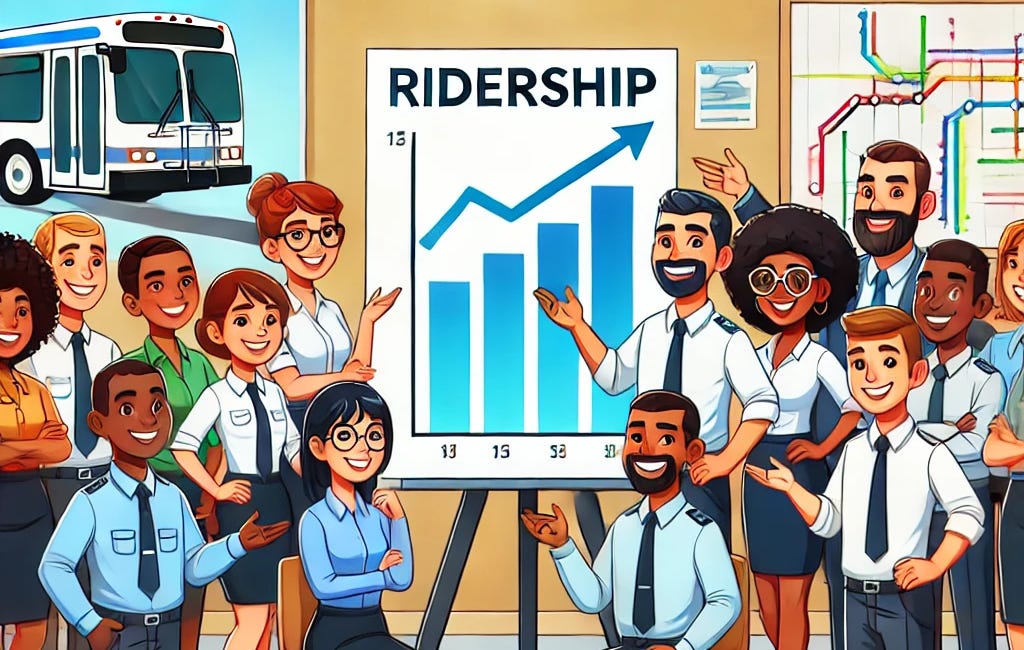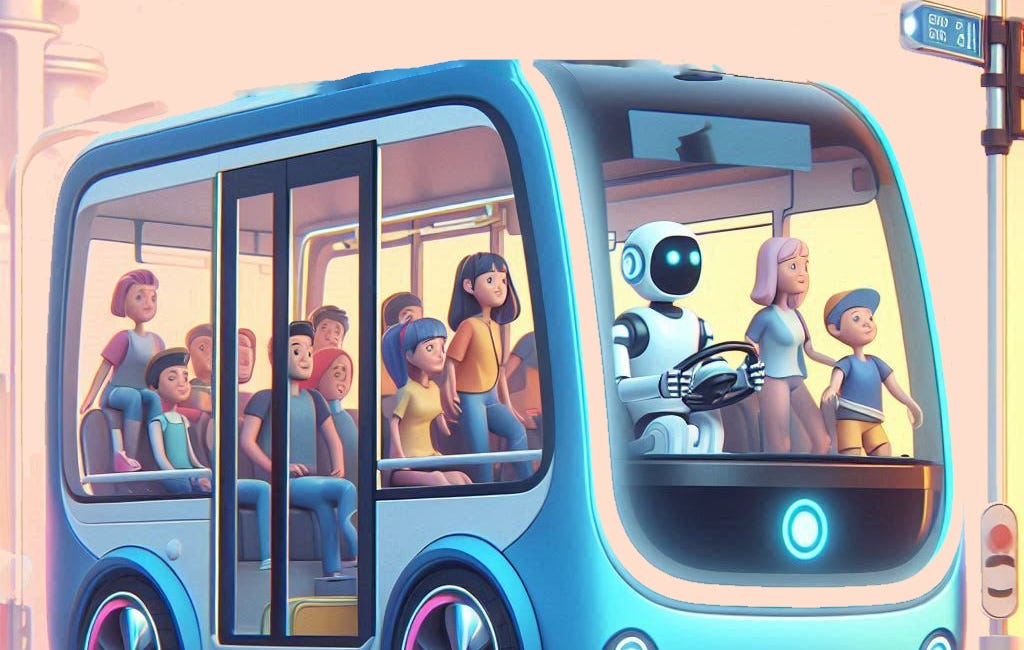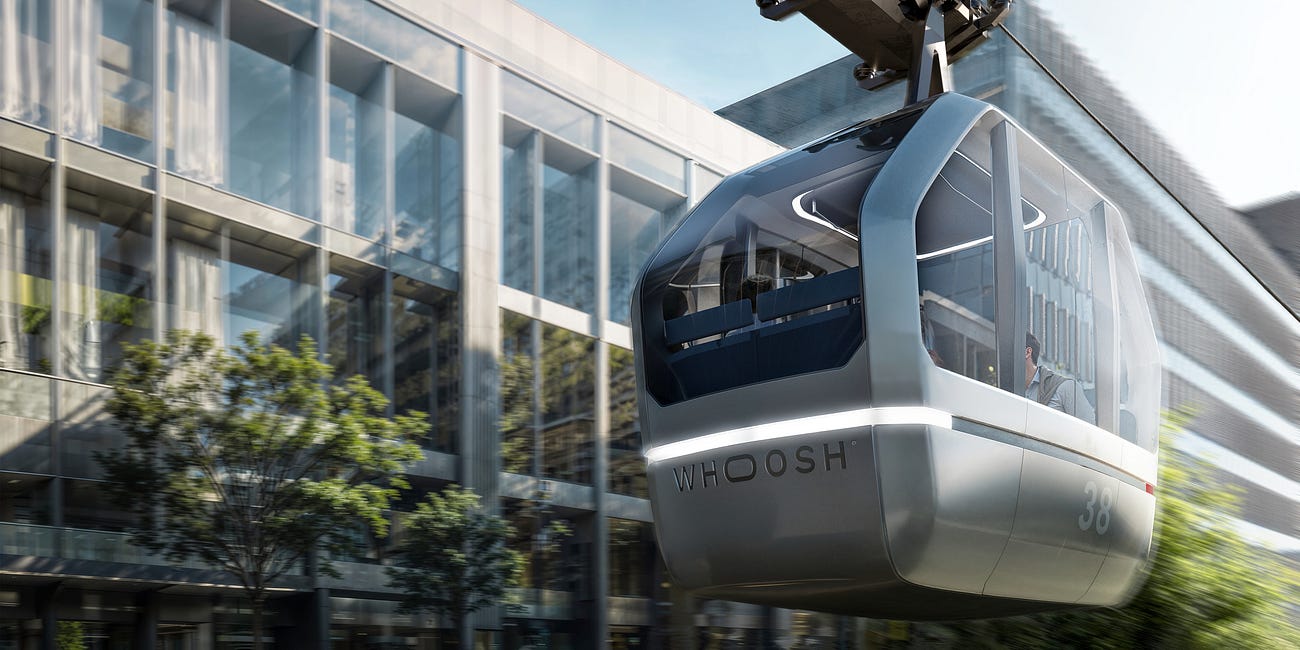Public transit in North America exists in a perpetual state of crisis, which I term the ‘Endless Emergency’.
In this five-part series, I explore the nature of the Endless Emergency, a cycle of inadequate service, financial shortfalls, and dependency on external subsidies. And I examine solutions that could break this cycle, allowing transit operators to deliver the better mobility solutions they are capable of giving, and which our cities desperately need.
In Part One, I define the core problem. Transit agencies across North America are caught in a perpetual crisis where service falls short, and the solution is always claimed to be more government funding. This creates a system that's “always in a crouch: half the time whining that its poor service is not its fault, half the time begging someone else to bail it out”. The essay explores how this dependency on external subsidy warps incentives throughout the system, locking operators into providing perpetually-inadequate service.
Part Two, “An End to Subsidy”, proposes reorganizing transit agencies as regulated utilities. By allowing transit operators to set fares at levels that permit cost recovery—while still being regulated to prevent abuse—we could properly align incentives with desired outcomes. This regulatory approach would focus operations on maximizing ridership, the metric that matters most, while still preserving service for disadvantaged populations through targeted subsidies. Crucially, the subsidy would flow to riders rather than operators.
In Part Three, “Density by Design”, I examine how we could reshape our cities to better support transit. If transit thrives on density, then perhaps we should "build our cities to serve transit" rather than the other way around. Through transit-oriented development—building housing, jobs, and amenities within walking distance of stations—we can create the concentrations of origins and destinations needed for transit to succeed financially, while simultaneously addressing our housing crisis.
In Part Four, “Vehicle Automation”, I explore how technology could dramatically reduce operating costs. From automating rail systems (as Vancouver has done successfully for decades) to enabling driverless buses and even replacing low-ridership routes with robotaxis, automation offers a path to cost recovery by addressing the single largest expense in transit operations: the cost of labour.
Finally, in “Skyways for the Suburbs”, I examine how new forms of transit infrastructure—specifically elevated, automated, point-to-point systems like Swyft Cities' gondola network—could solve specific mobility challenges in suburban environments. These ‘PUPPET’ systems (Personal, aUtomated, Point-to-Point, Elevated Transit) offer dedicated right-of-way transportation at a fraction of the cost of traditional infrastructure, helping to address the suburban mobility gaps that conventional transit struggles to serve profitably.
Together, these essays outline a comprehensive vision for transit that moves beyond the Endless Emergency. By combining institutional reform, urban redesign, and technological innovation, we have the tools to create transit systems that are financially sustainable while providing the mobility our cities need.
The essays are linked above, and embedded below. Read them here:
Progress and Public Transit: the Endless Emergency
In the past year I've attended conferences on mobility in both Canada and the USA. I always leave them with mixed feelings. It's a pleasure to spend time with intelligent people of good will who want to make our cities better, and make them easier and cheaper to traverse. But it's a pain to listen, again and again, to the same content, which is roughly …
Progress and Public Transit: Density by Design
This series is about what ‘progress’ might mean for public transit.
Progress and Public Transit: Vehicle Automation
Transit has been caught in an Endless Emergency of rising costs for inadequate service for decades.
Skyways for the Suburbs
Readers of Changing Lanes will be familiar with the Endless Emergency: the fact that public-transit agencies lose money on every trip they provide, and consequently are obliged to depend on public subsidy to operate, a situation shot through with warped incentives, and which places ceilings on how good service can be. The way out of this trap is for ope…










